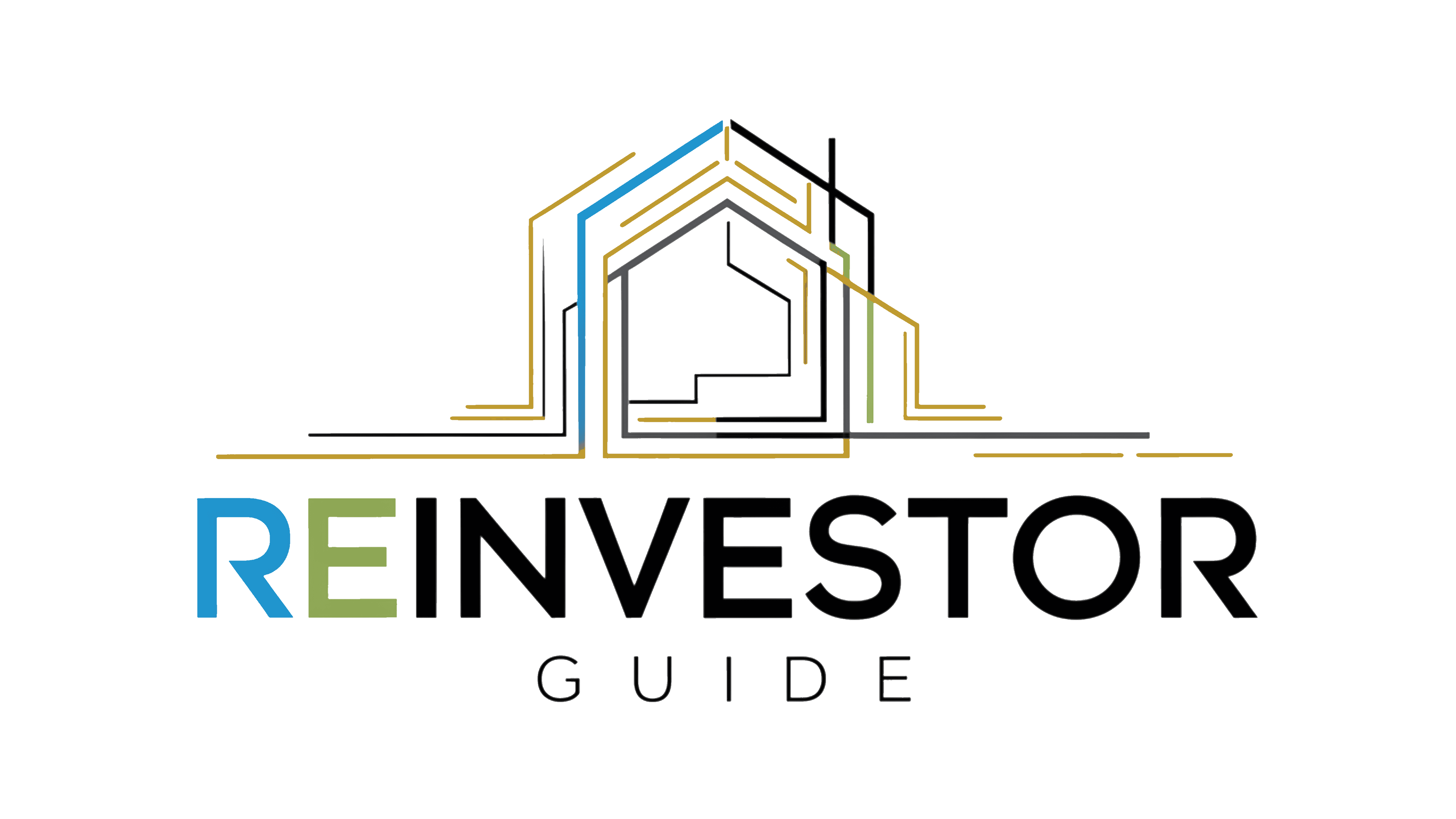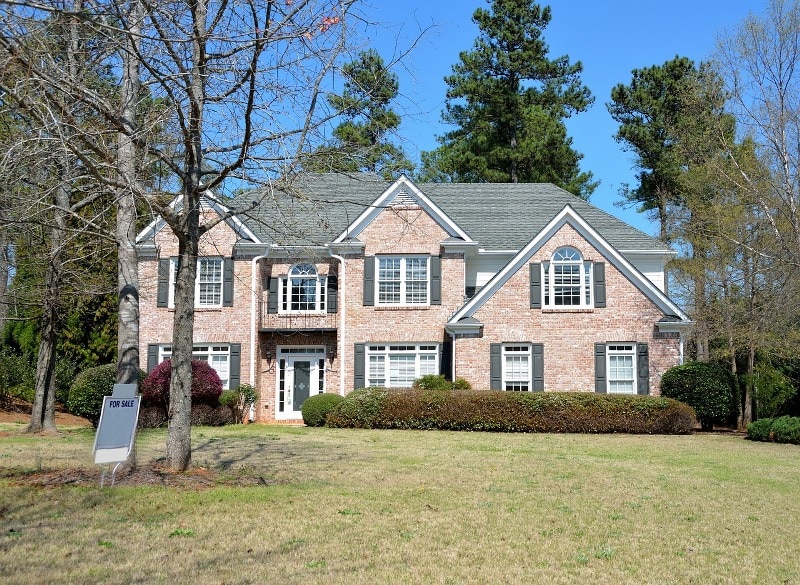Whether you’re flipping a house, executing a BRRRR, or buying a value-add rental, knowing your numbers is everything.
Two of the most critical metrics in real estate investing are:
- ARV (After-Repair Value) — what the property will be worth after renovation
- Construction Costs — what it will cost to get there
Get these wrong, and your deal could fall apart. Nail them, and you’ve got a blueprint for profits.
In this guide, we’ll show you how to evaluate ARV and construction costs accurately, using proven formulas, tools, and strategies used by successful investors.
What Is ARV (After-Repair Value)?
ARV is the estimated market value of a property after it’s been fully renovated.
It’s the number lenders, appraisers, and buyers care about—and the key to determining if a deal has enough margin to be worth pursuing.
🧮 ARV Formula:
ARV = Price per Sq Ft of Comparable Homes × Property Sq Ft
Or more practically: ARV = Value of Nearby Comps (post-rehab condition)
How to Calculate ARV (Step-by-Step)
✅ Step 1: Find Comparable Properties (Comps)
Look for recently sold properties with:
- Same neighborhood (within 0.5–1 mile)
- Same bed/bath count
- Similar square footage (+/– 15%)
- Similar property type and lot size
- Renovated condition (move-in ready or flipped)
Use the MLS, PropStream, Zillow, Redfin, or local agents to pull data.
✅ Step 2: Adjust for Differences
If your comp has an extra bathroom or bigger lot, adjust the price. Rule of thumb:
- +$10K to $15K per extra bed/bath
- –$10K to $20K for inferior location or layout
- Price per sq ft × added or missing square footage
✅ Step 3: Take the Average of 3–5 Comps
This becomes your target ARV. Use the most recent and most similar sales to avoid inflated estimates.
What Are Construction Costs?
Construction costs include everything it takes to bring the property from “as-is” to market-ready condition:
- Demolition and hauling
- Structural or foundation work
- Roofing, HVAC, plumbing, electrical
- Cosmetic updates (flooring, paint, cabinets)
- Landscaping and exterior work
- Permits and inspections
- Contingency buffer (10–15% recommended)
How to Estimate Rehab Costs (Step-by-Step)
✅ Step 1: Walk the Property with a Contractor
Get a written scope of work (SOW) that includes:
- Labor and material breakdown
- Timeline and phases
- Permitting and inspection requirements
✅ Step 2: Use Cost per Square Foot (Ballpark Method)
For quick analysis:
| Type of Renovation | Estimated Cost per Sq Ft |
| Light cosmetic (paint, floors) | $15–$25 |
| Moderate (kitchen, bath updates) | $25–$50 |
| Heavy/full gut rehab | $50–$100+ |
Example: 1,500 sq ft × $40 = $60,000 estimated renovation cost
✅ Step 3: Use Line-Item Estimates (Detailed Method)
Break down the cost by item:
- Paint: $3,000
- New kitchen: $15,000
- Two bathrooms: $10,000
- Roof: $8,000
- HVAC: $6,000
- Flooring: $5,000
- Landscaping: $2,000
- Misc/contingency: $5,000
Total: $54,000
Always get multiple contractor quotes and verify pricing with local data.
ARV vs. Construction Cost: Why the Margin Matters
You’re looking for a deal that leaves enough room between ARV and total costs to cover:
- Purchase
- Holding and rehab
- Financing
- Closing
- Profit margin
🧮 Ideal Fix & Flip Formula:
Max Purchase Price = ARV × 70% – Rehab Costs
Example:
- ARV: $300,000
- 70% of ARV: $210,000
- Rehab: $50,000
- Max purchase price = $160,000
This rule ensures 30% margin for profits, costs, and contingencies.
Real-World Example
Property: 3 bed / 2 bath, 1,400 sq ft
ARV Comps: Recently flipped homes sold for $285,000
Est. Renovation Cost: $42,000
Asking Price: $175,000
Quick Analysis:
- ARV: $285,000
- Max Purchase = (285,000 × 0.70) – 42,000 = $157,500
- Asking price = $175,000 = ❌ too high
- Negotiate, reduce scope, or pass on the deal
Tools to Help You Evaluate ARV and Rehab Costs
- DealCheck.io – run comps, calculate rehab and ROI
- PropStream – pull comps, view MLS history
- Rentometer – useful for BRRRR income analysis
- Local GC bid templates – standard line-item estimates
- MLS / Realtor.com / Zillow – basic comp data
- DSCR calculators – pair with ARV to plan refi
Final Thoughts
ARV and construction cost analysis is the foundation of any good real estate deal. Get these wrong, and you risk overpaying or killing your ROI. Get them right, and you’ll make smarter, safer investment decisions—every time.
Whether you’re flipping a house or executing a BRRRR, use a disciplined process to:
- Analyze comps accurately
- Get realistic rehab estimates
- Protect your margin and capital
Mastering these numbers gives you the edge you need to win in any market.
Our advise is based on experience in the mortgage industry and we are dedicated to helping you achieve your goal of owning a home. We may receive compensation from partner banks when you view mortgage rates listed on our website.



